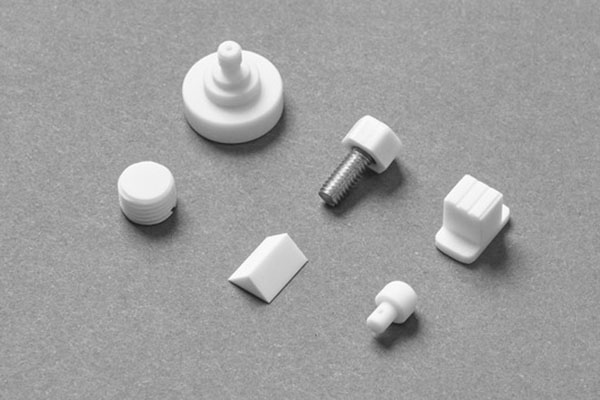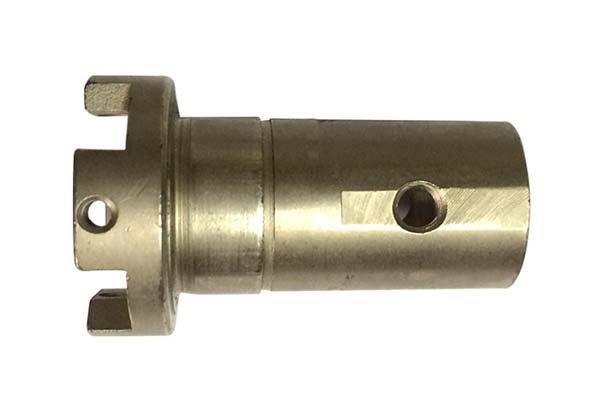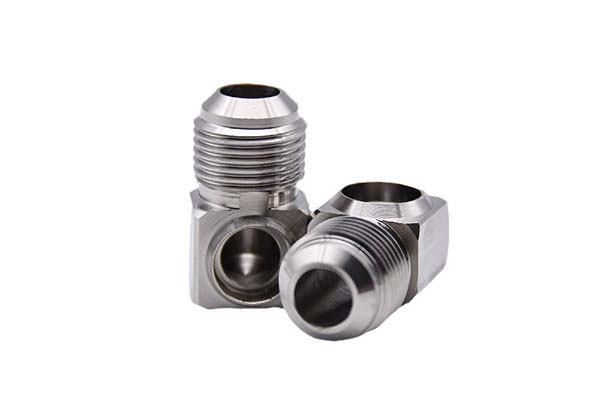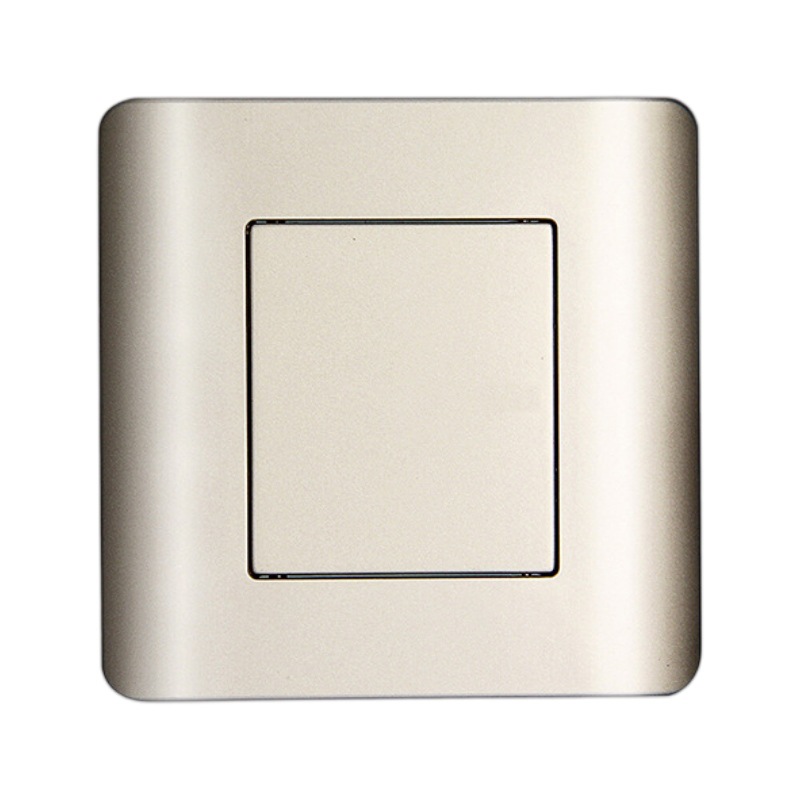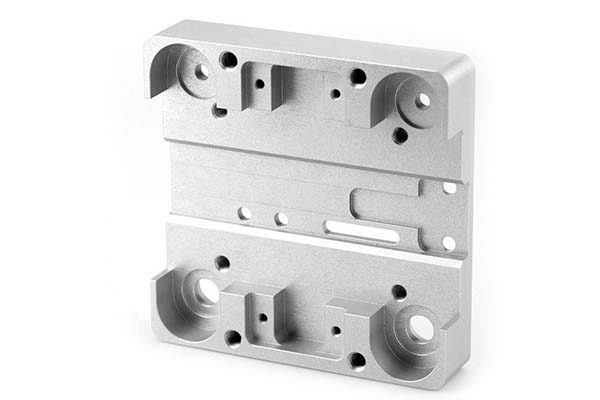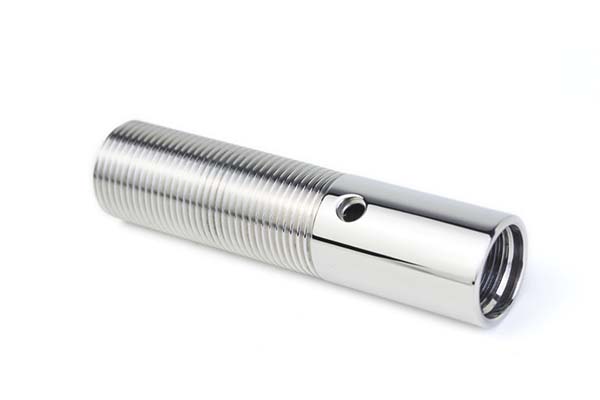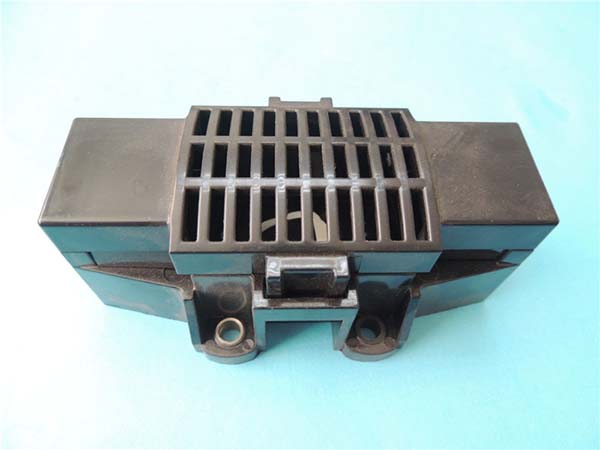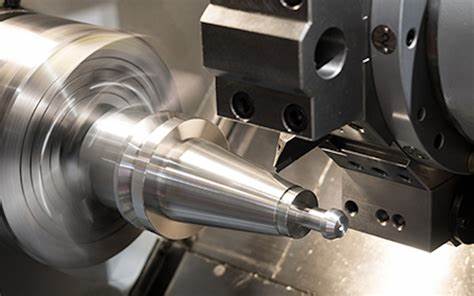Introduction to CNC Milling
CNC (Computer Numerical Control) milling is a transformative technology in manufacturing that enables the precise creation of complex parts by removing material from a workpiece. This process is guided by pre-programmed instructions from a computer, ensuring unmatched precision, repeatability, and efficiency.
In prototyping, CNC milling bridges the gap between digital design and physical realization. By converting CAD designs into tangible prototypes, it facilitates design validation, functional testing, and iterative refinement. This allows designers to identify and rectify potential issues early in the product development cycle, saving time and resources.
Benefits of CNC Milling in Prototyping
1. Precision and Accuracy
CNC milling is synonymous with precision. Machines follow highly detailed CNC programs, allowing for tight tolerances and intricate geometries that align perfectly with design specifications. This precision ensures prototypes perform accurately during testing, a critical factor in sectors such as aerospace and medical devices.
2. Versatility Across Materials
CNC milling accommodates a wide array of materials, from robust metals like aluminum and titanium to versatile plastics and even wood. This flexibility enables prototyping for diverse applications:
- Metals: Ideal for durable, load-bearing components.
- Plastics: Suitable for lightweight, non-structural parts.
- Composites: Great for applications requiring strength-to-weight optimization.
3. Speed and Efficiency
Automated CNC systems streamline the prototyping process, producing parts faster than manual or traditional methods. Complex designs can be realized quickly, reducing lead times for iterative testing and improving overall project timelines.
4. Scalability
While CNC milling is vital for prototyping, it also transitions seamlessly into production. This scalability ensures that the same technology used for initial testing can support small-batch or full-scale manufacturing.
Prototyping Process with CNC Milling
The CNC milling prototyping process typically follows these steps:
1. Design Phase
Develop a 3D CAD model that serves as the blueprint. The model includes dimensions, tolerances, and other specifications needed to guide the CNC milling machine.
2. Programming
Use CAM (Computer-Aided Manufacturing) software to convert the CAD model into a CNC program. The program determines:
- Toolpaths: Movements of the cutting tools.
- Cutting speeds and feeds: Optimal settings for material removal.
3. Material Selection
Choose materials based on prototype requirements such as strength, thermal stability, or cost.
4. Setup and Machining
Secure the material to the milling machine’s bed and initiate the machining process. The CNC machine follows the programmed instructions, using rotating cutting tools to remove material layer by layer until the desired shape is achieved.
5. Post-Processing
After machining, additional processes may be needed:
- Deburring: Removal of sharp edges or burrs.
- Surface Finishing: Polishing or coating for aesthetic and functional enhancement.
6. Quality Assurance
Use precision measurement tools like coordinate measuring machines (CMMs) to verify dimensions and tolerances. This ensures the prototype matches the design specifications before further testing.
Applications of CNC Milling in Prototyping
1. Aerospace
CNC milling is essential for producing components like turbine blades, brackets, and structural supports. The ability to work with high-strength materials such as titanium ensures parts can withstand extreme conditions while maintaining precise tolerances.
2. Automotive
Automotive prototypes benefit from CNC milling's ability to produce engine components, gears, and custom trim pieces. The precision ensures functional testing aligns closely with real-world performance.
3. Medical Devices
In the medical industry, CNC milling creates prototypes of surgical instruments, implants, and prosthetics. The process allows for testing biocompatibility, fit, and functionality in life-critical applications.
4. Consumer Electronics
CNC milling produces sleek, high-precision housings, connectors, and internal components for devices like smartphones, laptops, and wearables.
Future Trends in CNC Milling for Prototyping
1. Hybrid Manufacturing
Combining CNC milling with additive manufacturing (3D printing) offers a hybrid solution. This approach uses 3D printing for initial shaping and CNC milling for precision finishing, optimizing efficiency and accuracy.
2. Advanced Materials
Emerging materials such as carbon fiber composites, nanomaterials, and sustainable polymers are expanding the scope of CNC milling. These materials provide new opportunities for lightweight, durable, and eco-friendly prototypes.
3. Smart CNC Systems
AI and machine learning are transforming CNC milling into a smart, adaptive process. Intelligent systems can:
- Optimize toolpaths in real-time.
- Predict and prevent potential errors.
- Enhance material utilization for cost efficiency.
4. Sustainability
The focus on sustainability is driving innovations in CNC milling. These include:
- Energy-efficient machining.
- Recycling waste material from the machining process.
- Eco-friendly lubricants and coolants.
Conclusion
CNC milling is a cornerstone of the prototyping process, offering precision, versatility, and speed. By turning digital designs into tangible prototypes, it plays a vital role in design validation and product refinement. As technologies like AI and hybrid manufacturing advance, CNC milling will continue to evolve, further enhancing its capabilities in prototyping and beyond.
Adopting CNC milling ensures that prototypes meet exacting standards, laying the foundation for successful product development and innovation.
